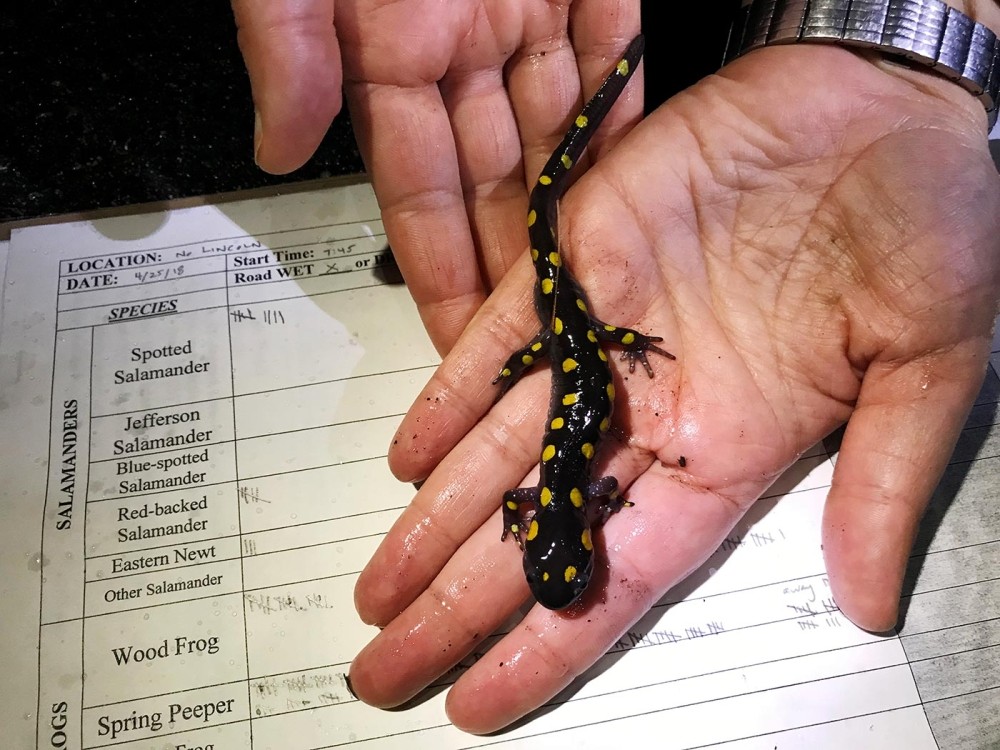
Every year, on the first warm, rainy nights of spring, thousands of spotted salamanders, wood frogs, spring peepers, and other amphibians migrate en masse to their breeding wetlands in a phenomenon known as “Big Night.” In places where they must cross roads, roadkill is a grave conservation concern. It doesn’t take a lot of cars to do a lot of damage.
Amphibian tunnels and temporary road closures offer solutions, but before a community can invest in those kinds of wildlife-friendly road improvements, they must first identify – and quantify – their local amphibian crossing hotspots. (It doesn’t make a lot of sense to build a tunnel under a road used by 10 amphibians, but a crossing site that sees 1,000 amphibians in a single night – or plays host to rare species – is another story.)
Enter the Salamander Crossing Brigades, heroic community scientists who usher migrating amphibians across roads on rainy spring nights, collecting data as they go. Since 2007, the Harris Center for Conservation Education has trained and coordinated more than 1,800 Crossing Brigade volunteers, who have collectively provided safe passage for 70,000 individual amphibians (and counting!) at dozens of crossing sites throughout southwestern New Hampshire.
Many volunteers return, as do the salamanders, year after year. As one longtime Brigadier shared, “It's important for the earth, it feels really good to be doing something positive, and it's a hoot to know there are other slimy-fingered loonies out there in the middle of the night sharing the thrills and the heartaches.”
These photos – all taken by Harris Center staff and volunteers – capture a touch of the Big Night magic, and of the “slimy-fingered loonies” who revel in it each spring.
Find more information on the Harris Center’s Salamander Crossing Brigades page. (We recommend starting with the FAQ.)
Note: The Harris Center’s work is based in the Monadnock Region of southwest New Hampshire, and we do not recommend traveling long distances on migration nights, even (and perhaps especially) for the purposes of saving salamanders. If you’re interested in volunteering with an amphibian brigade but do not live in the Monadnock Region, we encourage you to check out this list of crossing brigade programs in the Northeast, to see if you can find one closer to home.
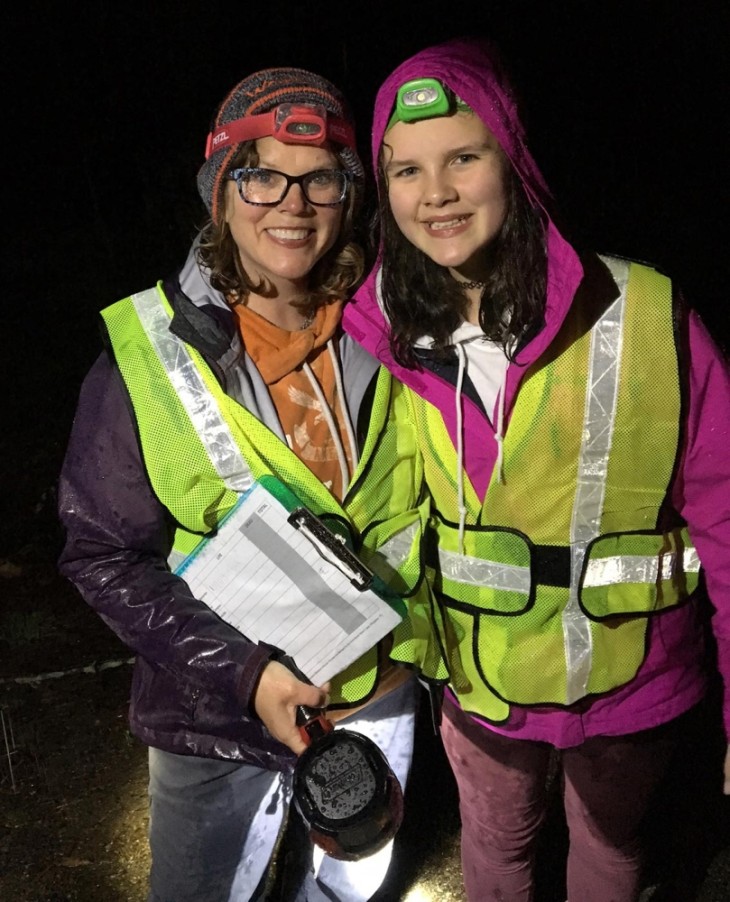
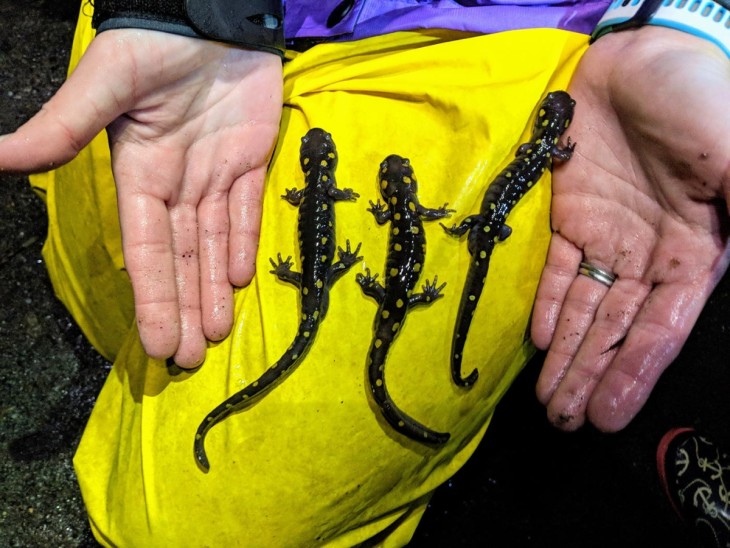
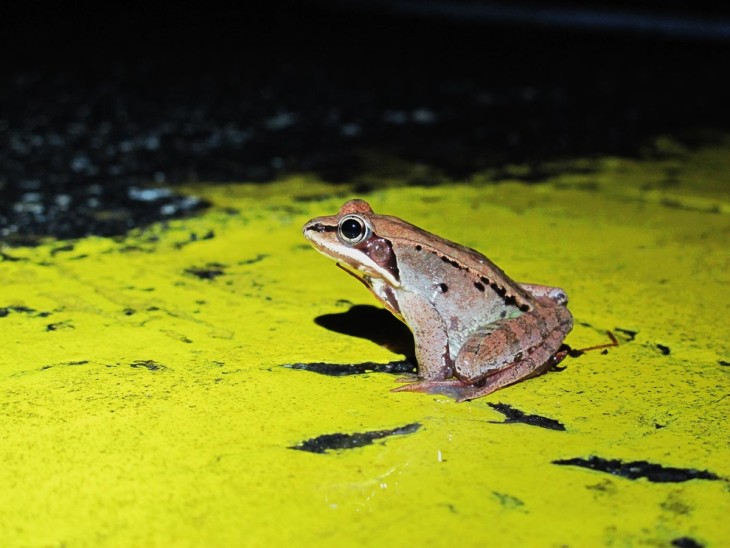

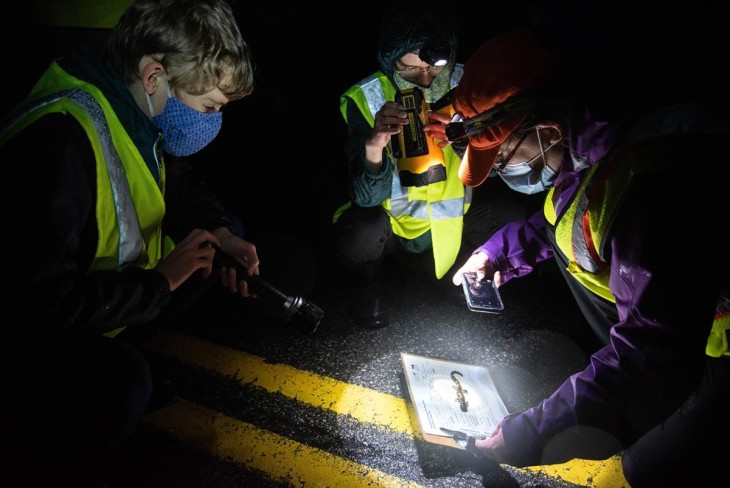
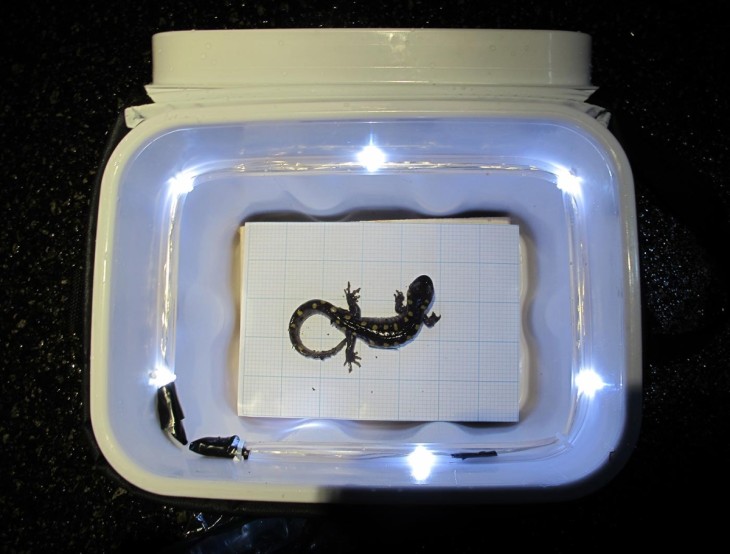
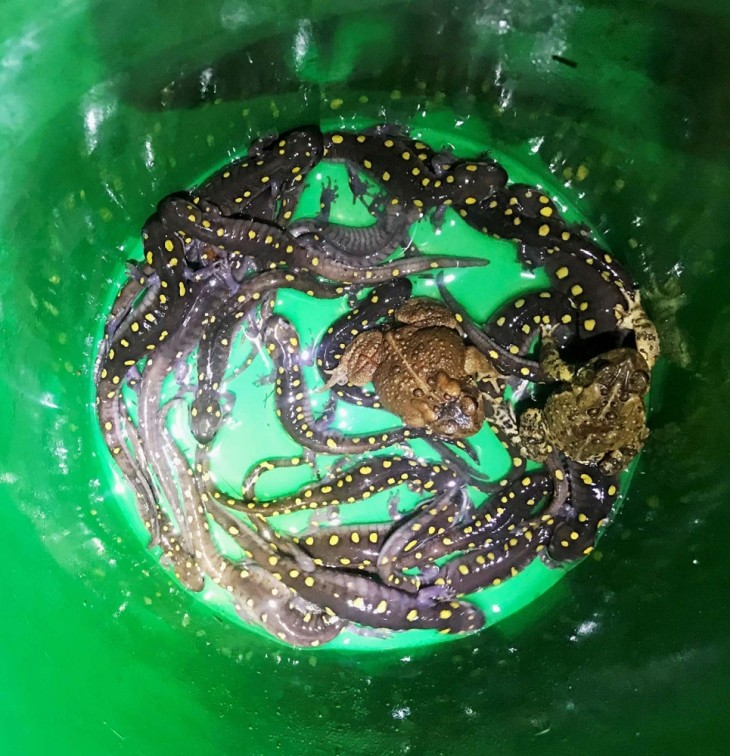

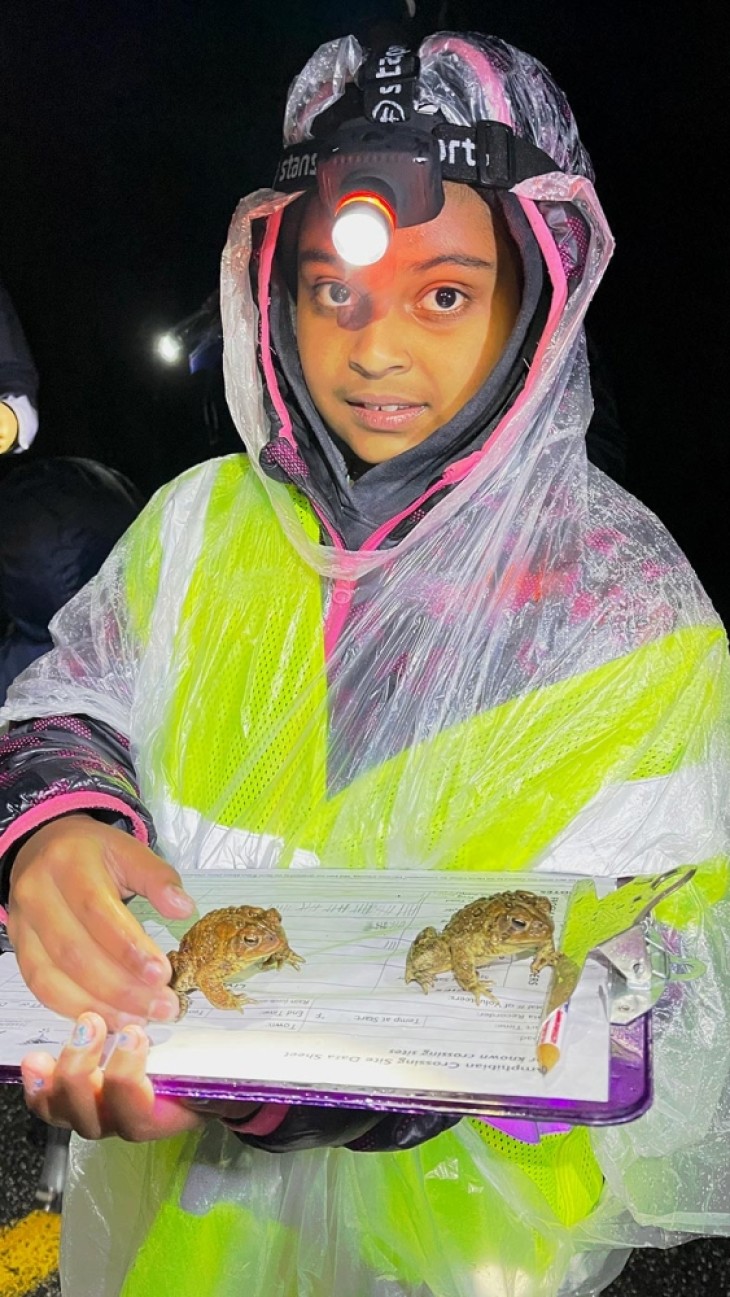
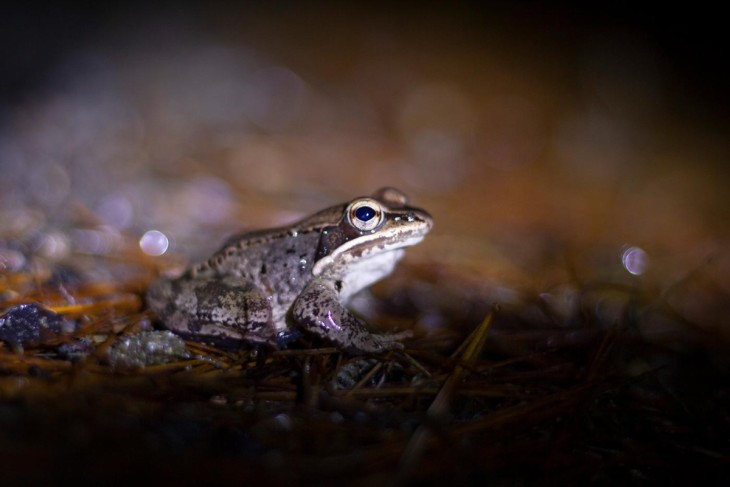


This web extra accompanies the article Amphibian Eggs in Vernal Pools in the Spring 2023 issue of Northern Woodlands.

